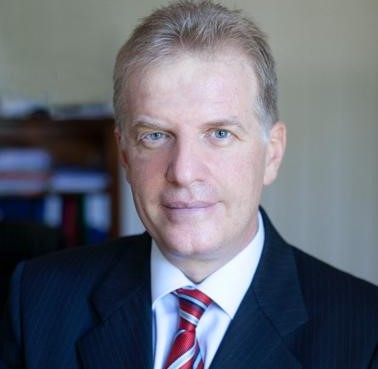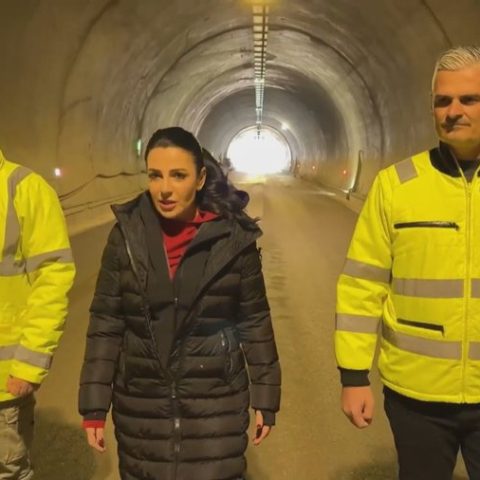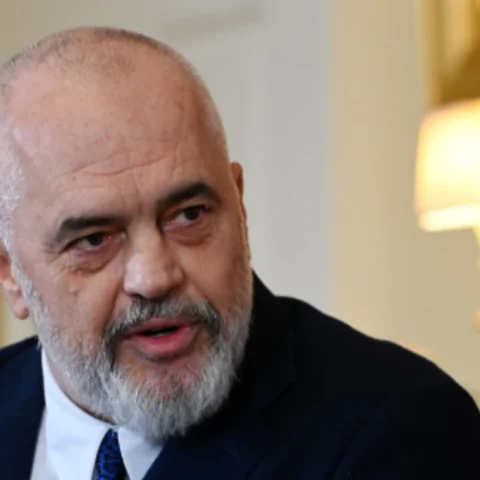By Janusz Bugajski
NATO’s “transformation summit” in Latvia was intended to map the course of the Alliance for the next decade and adapt it both politically and militarily to 21st century security threats. However, despite words of agreement, serious questions remain over NATO’s future.
During the months leading up to the summit, a number of factors lowered expectations over the results. Several member states remain deeply divided over NATO’s post-Cold War purpose and the extent of Alliance operations outside Europe.
Most capitals agree that NATO should develop from its traditional role as a defender of Europe to a global player capable of acting and intervening anywhere in defense of Alliance interests. Nevertheless, the scale and nature of such global involvement is under dispute.
NATO’s operations now range far beyond traditional European boundaries as 50,000 soldiers operate on four continents. Their missions include peace-keeping in the Balkans and Afghanistan, supporting African Union forces in Sudan’s Darfur region, and delivering humanitarian aid in Pakistan following the 2005 earthquake and in the U.S. following Hurricane Katrina.
The military operation in Afghanistan has shown the limits of NATO’s transformation as not all members have signed up to the actual business of fighting or provided the necessary troops and equipment. In Afghanistan, NATO finds itself engaged in the most substantial and difficult military mission it has ever conducted. NATO’s International Security Assistance Force (ISAF) now patrols most of the country and provides security and reconstruction assistance.
Washington’s priority has been to enhance Alliance capabilities and partnerships for future operations such as the one in Afghanistan. However, enlisting concrete Allied commitments in terms of troops and resources has proved difficult and does not bode well for future missions.
The primary dispute in Afghanistan is over the limits some countries, including France, Germany, Italy, and Spain, have placed on their military presence. Troops from these countries are not deployed to the more dangerous parts of the country while NATO operations are obstructed because commanders must work through national capitals to mobilize units and this slows down and endangers the mission.
NATO leaders are also seeking to interconnect the Alliance more effectively with other multi-national institutions, including the United Nations, the European Union, the African Union, non-governmental organizations, and development agencies.
Additionally, Washington in particular seeks to develop institutional partnerships with countries such as Australia, Japan, and South Korea so they can cooperate more closely with NATO in joint missions. However, such proposals are strenuously opposed by France as a means of enhancing U.S global dominance. Paris remains wary of American intentions and calculates that the “globalization” plan will become an instrument of U.S. foreign policy in which NATO will become the primary instrument.
Although Riga was not an enlargement summit, the U.S. leadership wanted the allies to reaffirm NATO’s open-door policy for potential new members. And indeed, positive signals were sent to countries such as Albania, Croatia, and Macedonia and they seem destined to receive formal membership invitations at the next NATO summit scheduled for 2008.
In search of a bigger support base, Alliance leaders also offered “partnership for peace” (PFP) agreements to Bosnia-Hercegovina, Montenegro, and Serbia, with the prospect of eventual NATO membership. This move has generated some controversies in the Balkans.
It is worth remembering that Serbia has conducted minimal military reforms while some commanders are still protecting the indicted war criminal General Ratko Mladic. While Serbia should certainly become a NATO candidate, it needs to be held to the same standards as its neighbors and not receive special favors because it remains the primary source of Balkan instability.
Prime Minister Vojislav Kostunica welcomed the PfP decision and asserted that it should be emulated by the European Union because “setting conditions is no way to integrate.” Kostunica is either displaying his arrogance or ignorance of the EU, where integration is based on strict conditions and equally applied to all candidate states.
Nato Future Still In Question After Summit

Change font size:









